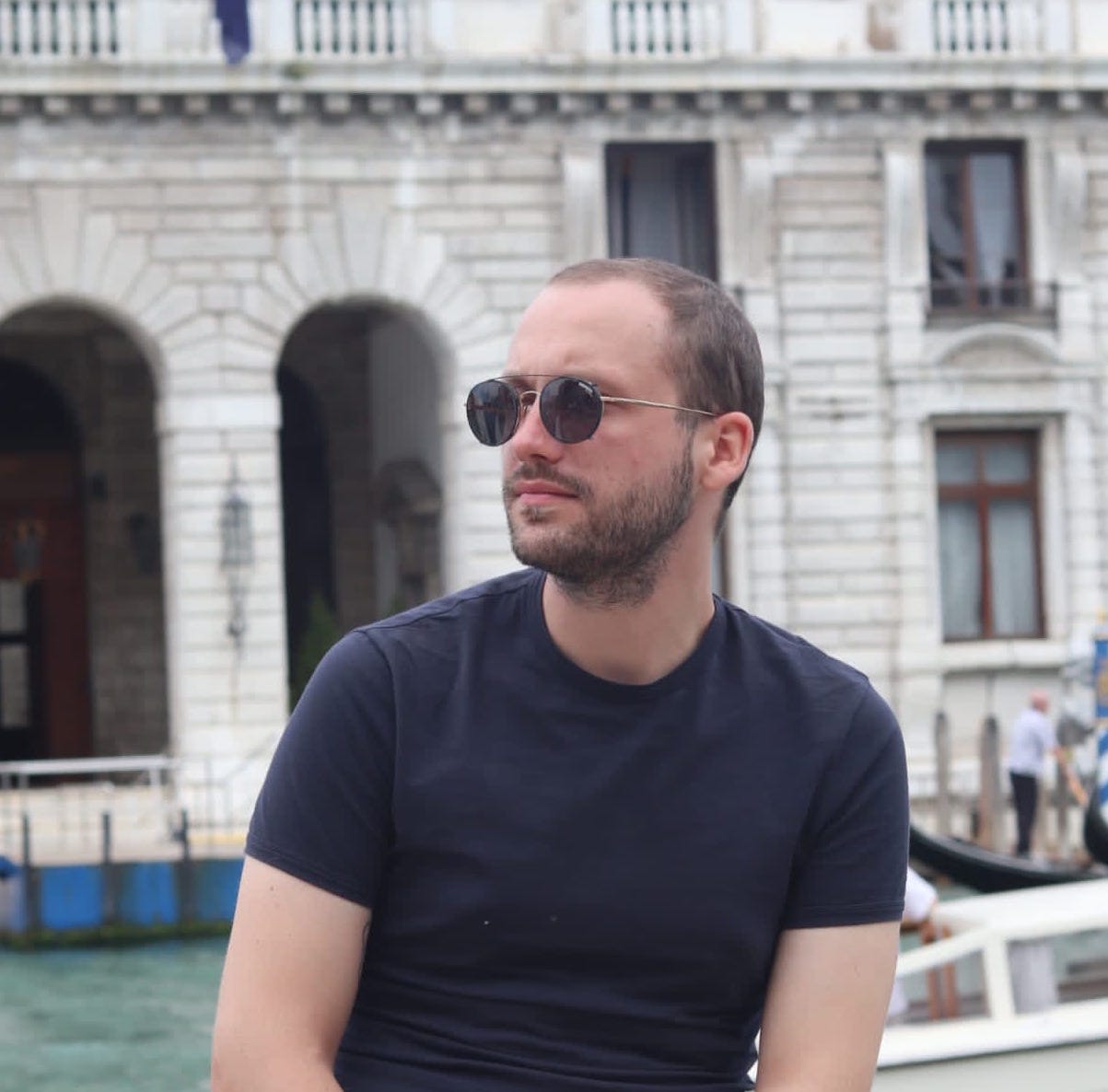The opening of ieedificio57 in San Gimignano marks the birth of an unconventional exhibition space, a non-profit platform dedicated to research and experimentation in the visual arts. The idea of transforming a historical building into a centre for artistic reflection came from Michelangelo Consani – a 1971 Leghorn artist – who has always conceived art as a dialogic and participatory process. The building itself, with its two exhibition levels and an evocative underground project room called Zattera, is configured as a place of creative contamination between the past and the future, between ancient architecture and contemporary thought.

Michelangelo Consani, “Il seme dell’uomo (Masanobu Fukuoka)”, 2016/2024, wood, terracotta and video projection, variable dimensions, courtesy ieedificio57 San Gimignano, ME Vannucci Pistoia
The first dialogue established in this new exhibition context is between Loris Cecchini – a Milanese artist born in 1969 – and Consani himself. Two artists with apparently different sensibilities, but linked by a profound reflection on the relationship between man and the environment, between structure and nature. The exhibition is constructed as a journey between installations that explore space, materials and time in an organic and structural way. Loris Cecchini brings to ieedificio57 a series of works that challenge the perception of physical space. His works, such as Tropism (Thin thing), play with the natural growth of forms and structures, creating a dynamic that recalls biological and mathematical processes. This polished steel installation branches out in space, like a living diagram embodying the tension between the artificial and the organic. Cecchini, with his focus on innovative materials and science, manages to make his sculptures dialogue with the exhibition space, transforming it into a vibrant, constantly changing landscape.

Loris Cecchini, “Zigzags particles (Bird)”, 2023, aluminum casting, 36 x 47 x 30 cm, unique work, photo Loris Cecchini, courtesy the artist and Galleria Continua
On the other hand, Michelangelo Consani introduces a more historical and symbolic narrative. Taking inspiration from Ivan Illich’s degrowth theories and Marco Ferreri’s film Il seme dell’uomo, Consani reflects on the inevitability of decline and individual resistance to forced production. His installations, often constructed from iconic design objects such as Mackintosh and Rietveld chairs, offer a subtle commentary on consumer culture and the exploitation of resources. The sculptures placed on these seats, including bronze and marble heads, become symbols of a humanity in transition, suspended between evolution and decadence.

Michelangelo Consani, “Il seme dell’uomo (Mezzadro)”, 2024, iron, aluminum, wood and concrete, 49 x 51 x 51 cm, particolare, photo Nicola Gnesi, courtesy ieedificio57 San Gimignano, ME Vannucci Pistoia
The comparison between Cecchini and Consani is therefore a reflection on two approaches that are apparently distant but indeed complementary: if Cecchini explores the interconnection between nature and technology, Consani invites a critical reflection on social and political systems. Both, however, share a tension towards change, which manifests itself in installations that do not merely describe reality, but transform it, making the viewer an active part of a broader reflection. The title of the exhibition, ‘BRAINSTORMING’, immediately recalls the idea of a shared creative process, in which different ideas and ideas emerge, collide and combine. As in an extra-artistic context, brainstorming symbolises a moment of open-mindedness, in which every idea, even the most unexpected, can generate new connections. In the exhibition, this concept is translated into an encounter between materials, forms and concepts, where art becomes a ground for confrontation and experimentation, reflecting the dynamism and unpredictability of creative thinking.

Michelangelo Consani, “Il seme dell’uomo (Mezzadro)”, 2024, ferro, alluminio, legno e cemento, 49 x 51 x 51 cm, particolare, photo Nicola Gnesi, courtesy ieedificio57 San Gimignano, ME Vannucci Pistoia
The birth of ieedificio57, made possible thanks to the collaboration with Galleria Me Vannucci, represents not only a new physical space, but also a new perspective of collaboration and experimentation, a workshop open to dialogue between different forms of artistic and cultural expression.
Info:
Michelangelo Consani / Loris Cecchini: “BRAINSTORMING”
14/09 2024 – 10/02 2025
IEedificio57
Via di Berignano 57, San Gimignano (SI)
https://www.instagram.com/ie_edificio57_san_gimignano/

Art Curator and Art Advisor, graduated in Visual Arts and Cultural Mediation, with Master in Curatorial Practices, born in 1995, lives in Naples. He collaborates with Galleries and Independent Spaces, his research is mainly focused on Emerging Painting, with a careful and inclined gaze also on other forms of aesthetic language.






NO COMMENT